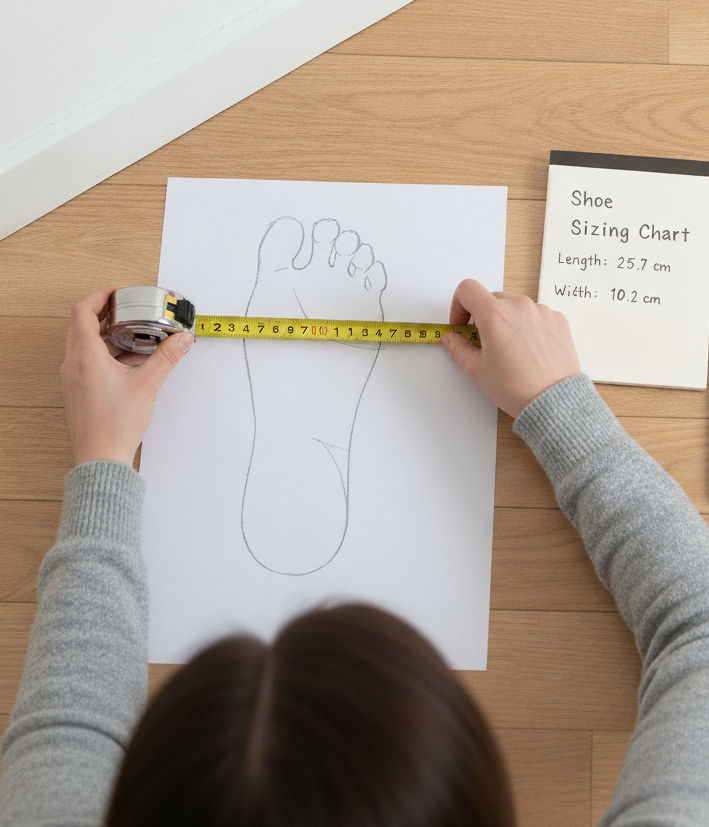Understanding Your Rollerblade Wheel Bearings
- rollingdinocontact
- Nov 10
- 3 min read
Rollerblade wheels don't just spin on their own, they rely on small but mighty components called bearings. These are the heart of your wheel, determining how smoothly, quietly, and fast your skates roll.
Neglecting your bearings is the fastest way to turn a smooth ride into a frustrating, slow grind. Let's break down what bearings are and how to keep them running perfectly.
What Are Bearings? (The Anatomy)
A bearing is a set of precision-engineered parts that sits inside the hub of your wheel, allowing it to spin freely around the axle. Each rollerblade wheel requires two bearings and one spacer (a small metal sleeve that goes between the two bearings).
A standard bearing consists of five main parts:
Outer Race: The metal ring that fits into the wheel.
Inner Race: The metal ring that the axle passes through.
Balls: Small metal or ceramic balls (usually 6 or 7) that roll between the races.
Retainer/Cage: The piece that keeps the balls evenly spaced.
Shields: Covers (metal or rubber) that protect the interior from dirt and moisture.
🔢 The ABEC Rating: Speed vs. Precision
When shopping for bearings, you'll see a rating system called ABEC (Annular Bearing Engineering Committee). This rating system measures the precision and tolerances of the bearing's components.
ABEC ratings are given as odd numbers: ABEC 1, 3, 5, 7, and 9.
ABEC Rating | Precision Level | Typical Use |
ABEC 1 & 3 | Lower Precision | Great for aggressive skating; prioritize durability over speed. |
ABEC 5 | Good Precision | Standard for recreational/fitness skates; a reliable all-rounder. |
ABEC 7 & 9 | High Precision | Used for speed, race, and high-performance skating. |
Important Note: A higher ABEC rating means higher precision, which allows for potentially faster speeds and a smoother roll. However, it does not necessarily mean the bearing is stronger or more durable. High-precision bearings can actually be more sensitive to dirt, impacts, and poor maintenance.
🛡️ Maintenance: Keeping Your Bearings Rolling
Bearings are constantly exposed to dirt, dust, and moisture, which breaks down the lubrication and causes corrosion. Regular maintenance is key to their lifespan.
1. Cleaning
When your skates feel sluggish or noisy, it's time to clean them.
Remove: Pop the bearings out of the wheels using a special tool or the axle end.
Open: Carefully remove the shields (if they are removable). Rubber shields are easier to pop out.
Soak: Place the bearings in a sealed container with a degreasing solvent (like mineral spirits or isopropyl alcohol) and gently shake.
Dry: Let them thoroughly air-dry or use a hairdryer on a cool setting. Never use heat, which can damage the cages.
2. Lubrication
Once clean and dry, you must lubricate your bearings.
Oil vs. Grease: Oil allows for a faster, smoother roll but needs more frequent reapplication. Grease provides better protection against dirt and moisture and lasts longer, but is slightly slower.
Application: Apply 1-2 drops of specialty skate bearing oil (or a small dollop of grease) to the balls inside the bearing. Spin the bearing to work the lubricant in, then replace the shields.
When to Replace Your Bearings
Even with the best care, bearings wear out. It's time to replace them if:
They are seized up or difficult to spin.
They make a loud, gritty noise even after cleaning and oiling.
There is visible rust or major pitting (small holes) on the races or balls.
Taking the time to understand and maintain your bearings will dramatically extend the life of your wheels and keep your skate sessions fast, quiet, and fun!



Comments